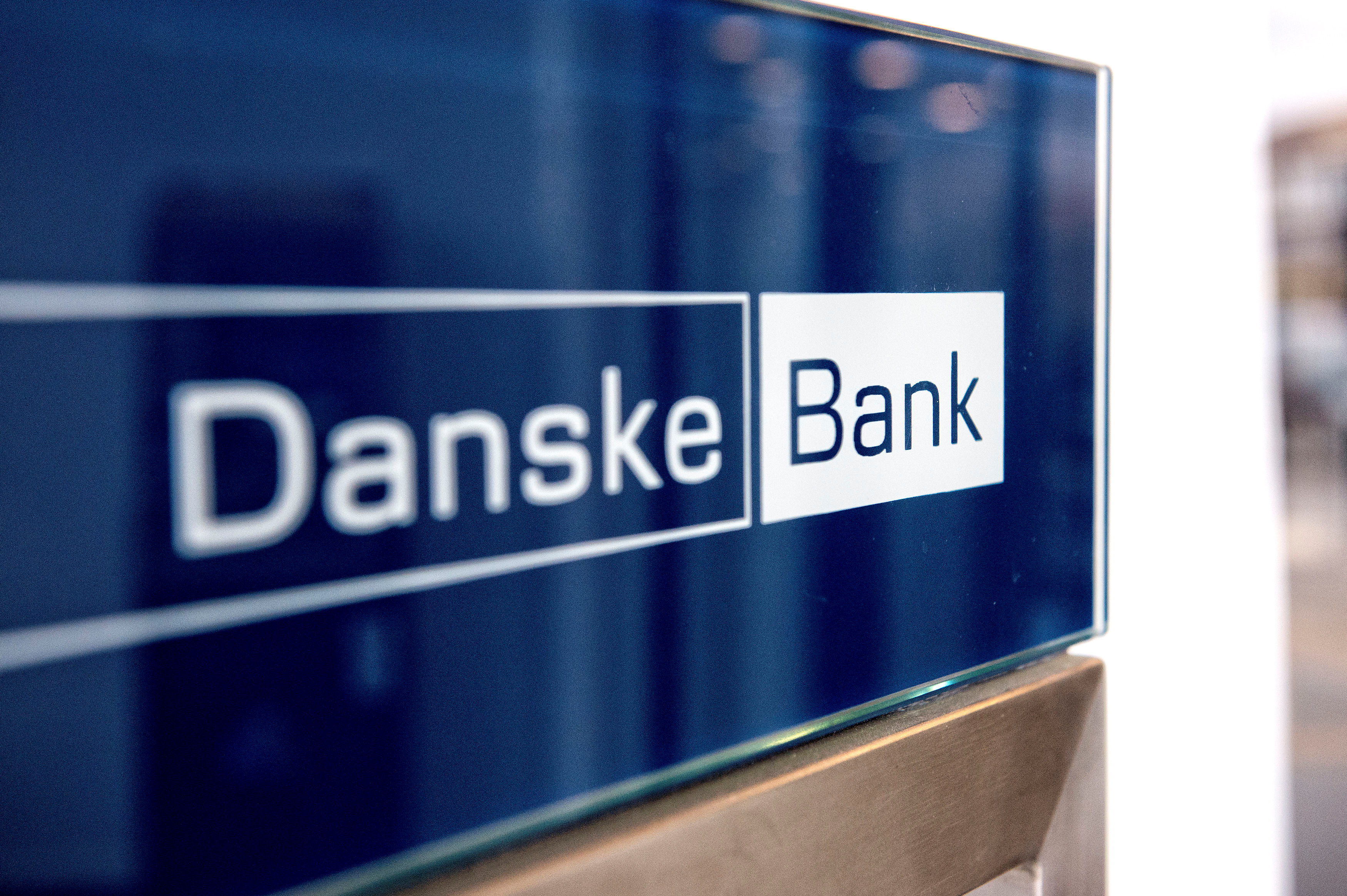Danske Bank establishes 2030 goals for loan portfolio CO2 reduction
Danske Bank A/S

Danske Bank increased its sustainable financing goal from 100 billion to 300 billion. Customers must reduce carbon emissions per unit transported by 20-30% by 2020. Oil and gas production must reduce lending exposure by 50%.
As the first Nordic bank to do so, Danske Bank is setting concrete CO2 reduction targets for selected sectors towards 2030 in relation to lending, with the aim of achieving a net-zero loan portfolio by 2050 or sooner. The new interim climate targets follow in the wake of the climate-focused initiatives that Danske Bank has taken in recent years to contribute to the green transition. With these targets, we take even greater active responsibility in reducing CO2 emissions in the societies that we are a part of – thereby facilitating our customers’ sustainable transitions and contributing further to the necessary green transition. The interim 2030 targets are set against a 2020 baseline and cover the three sectors in our lending book that contribute to the highest CO2 emissions. For oil and gas production, the target is a 50% reduction in lending exposure, whereas the target for shipping is a 20-30% reduction in emissions per unit transported. For utilities companies, a target of a 30% reduction in carbon emissions per kWh of power and heat generation has been set. We will continue our work of setting 2030 targets by introducing targets for other sectors – including agriculture, housing and heavy industry – as the data quality for these sectors improves. We expect to publish more sector-based targets already this year. Focus on transition With these targets, we and our customers are making a commitment; and as a bank, we are fully focused on offering our customers the best advisory services and attractive loan options to support the transition. “We have more than 3.3 million customers, and we cover the majority of sectors – including sectors that have a significant carbon footprint. This is why we are a part of the solution needed to address the climate challenges that we face. For the most part, our customers are doing a lot of work related to the green transition. But we also recognise that we have an obligation – as a leading Nordic bank, and with the resources we have at our disposal – to support our customers and contribute to the green transition in the societies that we are a part of, as well as to support Denmark in reaching its 2030 target for reduction in CO2 emissions,”
explains Carsten Egeriis, Chief Executive Officer at Danske Bank, and he continues: “It is our ambition to help all customers – who can and who want to. And we are experiencing a high level of demand from our customers for advisory services and products that support the customers’ own green transitions. As an investor and lender, the question for us is not so much one of supporting the businesses that are the greenest today but of supporting the businesses that have the greatest potential to be green in the future. So our aim is first and foremost to support customers in succeeding with their own green transitions. This might mean that our journey will take a little longer. But ultimately the difference we make for our customers and for society will be much bigger.” The targets apply to the CO2 emissions of customers in specific sectors – emissions that Danske Bank plays a part in by providing loans to the customers. At Danske Bank, we have a strong focus on how we can contribute to a more sustainable economy, and our 2030 targets are a part of this focus. It is our ambition to become a leader in the field of sustainable financing in the Nordic countries. In July 2021, we elevated our ambitions for sustainable financing by increasing our target from DKK 100 billion to DKK 300 billion. We also increased our ambitions for Danica Pension’s investments in the green transition by raising the 2023 target from DKK 30 billion to DKK 50 billion. Throughout 2021, both areas saw progress as we increased the amount of sustainable financing we facilitated from DKK 102 billion to DKK 192 billion, and investments in the green transition increased from DKK 27 billion to DKK 33.5 billion. Fact about the 2030 interim targets
Shipping- By 2030, customers must have reduced their emissions per unit transported by 20-30% for the loan portfolio as a whole against a 2020 baseline. Emissions are measured according to the Poseidon Principles standard, which also ensures ongoing monitoring of the customers’ progress. We provide transition finance to shipping customers to ensure that they make efficiency improvements and to enable old vessels to be replaced with new and more efficient vessels that will often run on alternative fuel technologies.
Energy utilities- By 2030, customers must have reduced carbon emissions per kWh of power and heat generation by 30% for the loan portfolio as a whole against a 2020 baseline. Danske Bank customers operating in the utilities sector are already well advanced in relation to decarbonising because of their early and sustained investments in hydropower, wind energy and biomass.
Oil and gas exploration and production (upstream)- By 2030, Danske Bank’s lending exposure to oil and gas production businesses must be reduced by 50% for the loan portfolio as a whole against a 2020 baseline. There is currently no clear standard for measuring the transition of oil-producing companies. Instead of setting an activity-based target, we therefore target a reduction in lending exposure. The level set reflects the decline in investment needs of Nordic oil and gas production companies as defined in key net-zero scenarios, while also making it possible for support to be provided to the most efficient producers – also after 2030.
Source: Danske bank news






